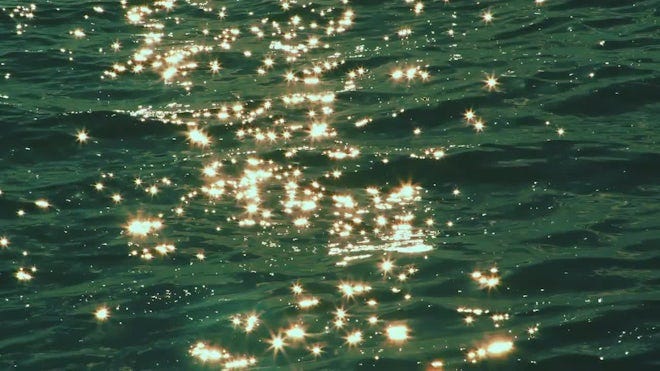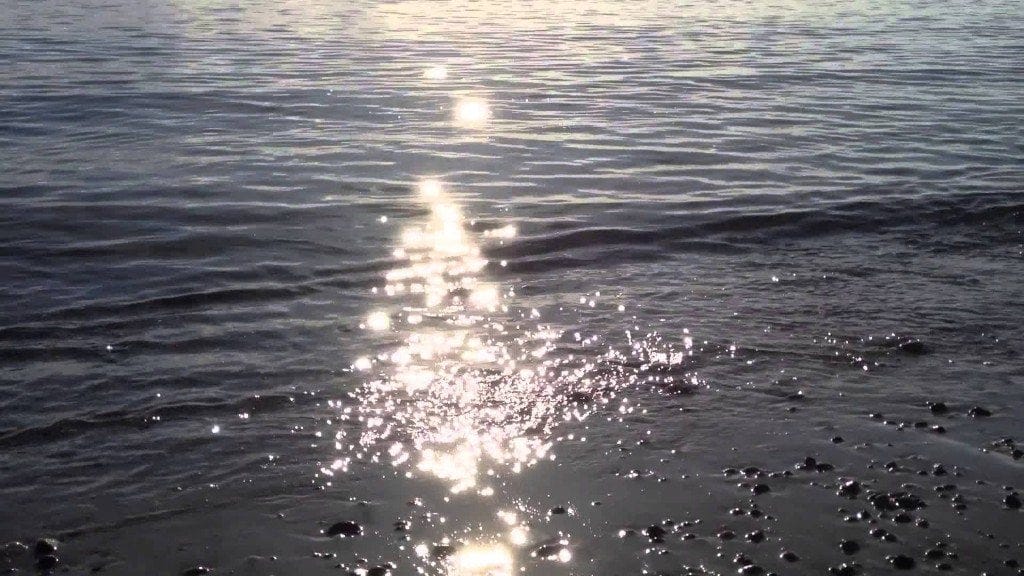This month the Norton Simon Museum acquired EST (Eastern Standard Time), 2022 by Light and Space Movement artist Laddie John Dill—an ephemeral light based work featuring an unspecified tonnage of sand and tube lights. I always found it odd when institutions “acquired” installation work whose concept hinges on site-conditionality (Robert Irwin’s preferred term to “site-specificity”) and often, natural light. The movement itself was proceeded by Earth or Land Art, which rejected the gallery space, instead choosing sites outside of the so-called white cube with which to make its point—that phenomenology is a subject of art historical study, that light and atmosphere itself, the cosmos, is an art. How can that be captured indoors? I suppose we’ll find out in May.
The Norton Simon is in Pasadena—a neighborhood slightly south of Altadena, the site of the very recent Eaton Fire. It’s historically a wealthy snow bird town but now home to many teachers and students and artists. Many folks have had to evacuate permanently, or at least until their landlords address the smoke and ash damage to their apartments, or whenever FEMA sends checks, or whenever insurance companies process claims.
The museum website describes EST, as “a large-scale sandscape illuminated by handmade glass tubes filled with argon and mercury, emitting a striking blue glow throughout the gallery.” I find it odd and poetic, I suppose in an ominous, albatross kind of way, that a museum in a stretch of neighborhood reduced to piles of ash and toxic chemicals, is installing a room filled with dust and asphyxiant chemicals bottled in tubes and strewn across the plane. The timing feels cruel but apt; no one could have predicted the incidents would line up this way, but I wonder if that’s the mark of the artist as a magician or an oracle, or even more absurd, a museum acquisition as a sign of the times. In images, it looks like an ocean, the way sand dunes do under certain full moons. Dill first became known for his “light sentences” in which he arranged glass tubes packed with chemicals that emitted variable hues to create textless messages propped and arranged in whatever way he wanted.
Though I love neon, work like this is difficult for me to look at very long. I’m very light sensitive. I get migraines easily. I can’t do strobe lights (I’m one of those people for whom strobe warnings are very meaningful!) which cancels out a lot of music shows for me. Can’t even think about raves. When the air pressure changes, I’m laid flat. Winter lighting is my absolute favorite: from here until the time changes again in March, I am in heaven. It’s the perfect time to photograph, shadows are misty and fall just so, everything looks soft and glowy. As an art writer, I tend to focus on materials—their economies, their sources, their textures, compositions, and why the artist was drawn to them.
So fittingly this month, two features I wrote went live: one on David Hockney and his love of Los Angeles for the LA Times, and another on houses that evoke the holy for Dwell.
Hockney called Los Angeles home for many years and I wrote about a handful of his favorite destinations, from Pershing Square to a non-existant Japanese restaurant on Sunset, to the Chateau Marmont, to a hilly road in Hollywood. My favorite take away was his infamous “Wagner Drives” which I will quote myself in describing (cringe!): “He’d drive up through Malibu Canyon to Mulholland Drive and then west to Decker Canyon, where he would time the turns and crests to the crescendos of the classical composition. ‘He’s always fooling around,” says Roberts. As he drove he’d fast-forward the CD in the player to match the view in order to maximize the drama of the landscape.’”
And what makes a house holy? From a design point, mostly that they’re high-ceiling’d and light filled. But from an emotional perspective? It depends on who’s inside the home. "A house is an emotional and psychological landscape," architect Robin Donaldson told me during our conversation about the emotional nature of home and space itself. Bachelard wrote in Poetics of Space that a house shelters day-dreaming, “the house protects the dreamer, the house allows one to dream in peace.” I believe everyone deserves that. What could be holier than home? Home is a sacred space and community, a site-conditional and site-specific phenomena.
As many across Los Angeles continue to struggle with immesurable loss, price gouging, greedy landlords, and deregulated rental markets and as many Palestinians march back north to their homes, it becomes all the more important that these essential rights are protected—the right to not be dehumanized, to not have your house stolen by the government or any person, to enjoy your family and to earn a livable wage for your labor. I was raised to believe that hospitality is an ethic; that sharing space with others is a display of gratitude. Our governments are failing us and we must work together in order to see ourselves through. To protect ourselves and others as dreamers, to build the shelter we’ve been denied and that has been denied to others. More Bachelard: “Memories of the outside world will never have the same tonality as those of home and, by recalling these memories, we add to our store of dreams; we are never real historians, but always near poets, and our emotion is perhaps nothing but an expression of a poetry that was lost.” Let us all dream more radically, and let us dream together. ☼
A note about paid subscriptions: I don’t love paywalling my own work, but I do believe that writers must be paid. If I could increase my paid subscriber amount by 30% it would be enough for me to pay for groceries and allow me to give out a handful of free subsciptions to students and die hard West Ends fans (there’s a few of you, love you). I know eggs are expensive but so are the arts! I appreciate you even considering it in advance. If you can’t pay, consider sharing. Free us all from the paywall with $7. xx










